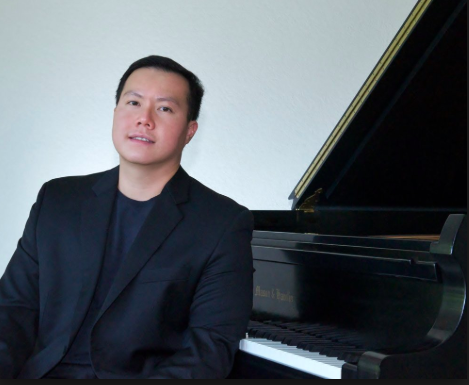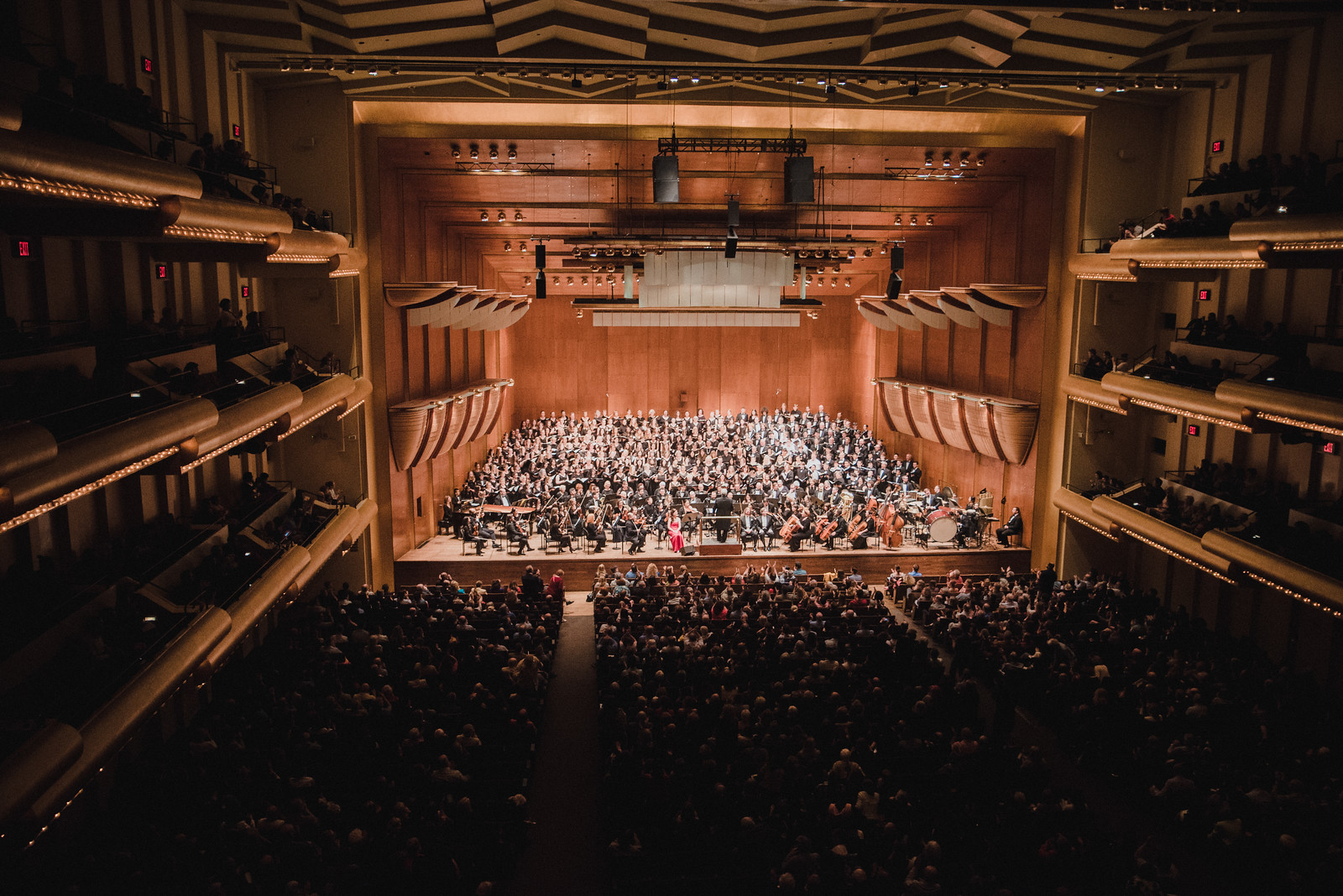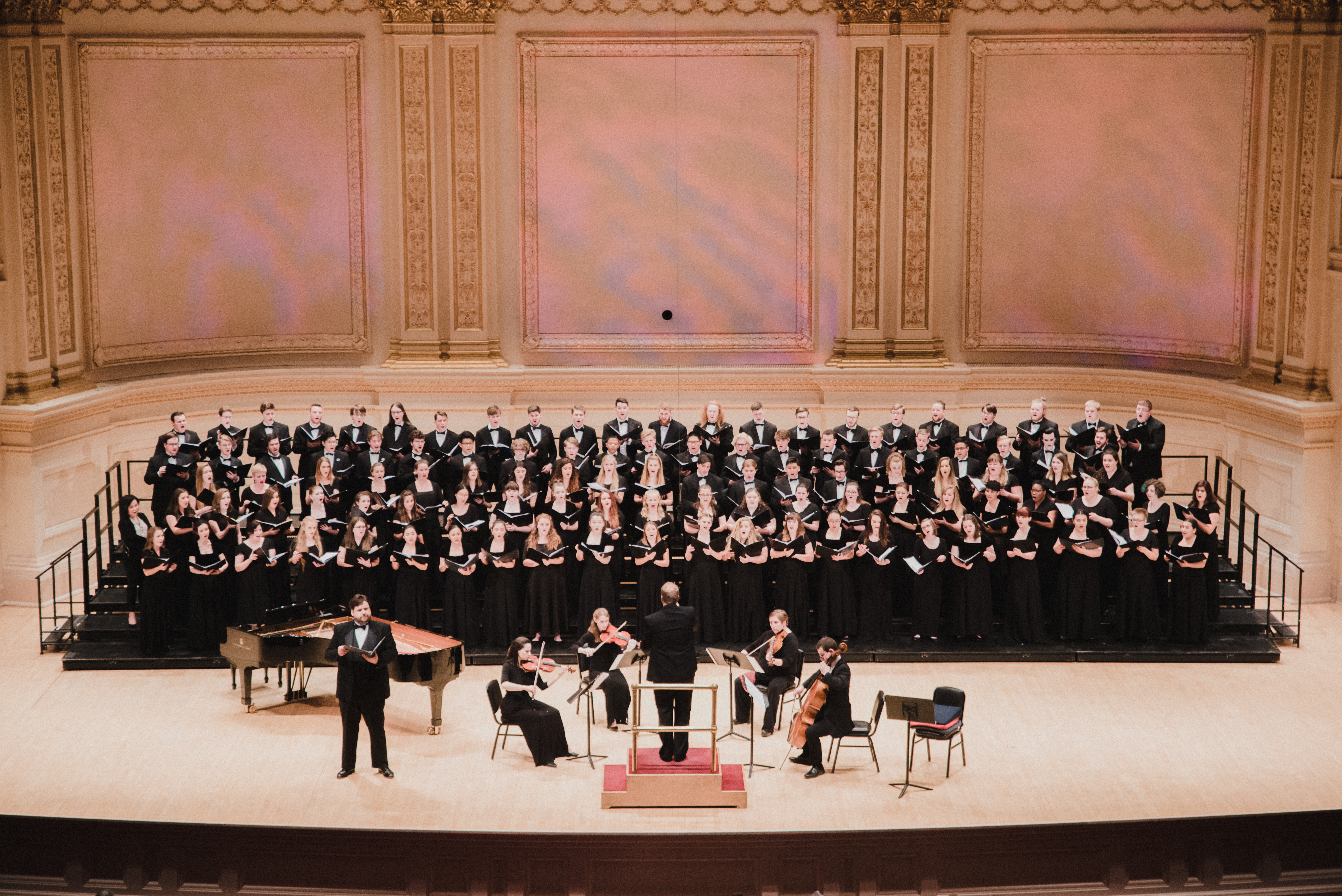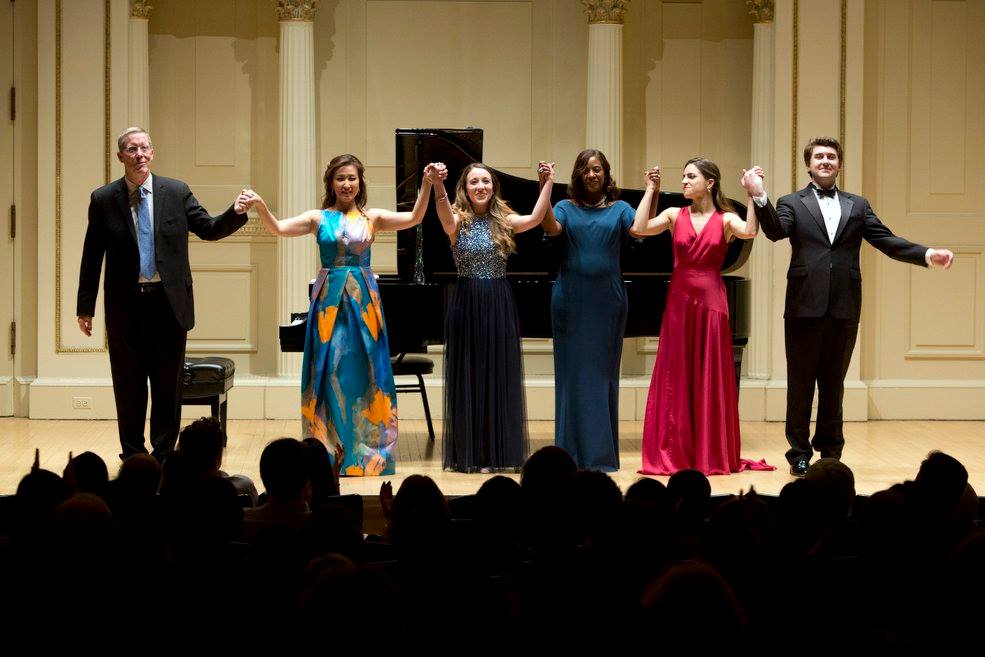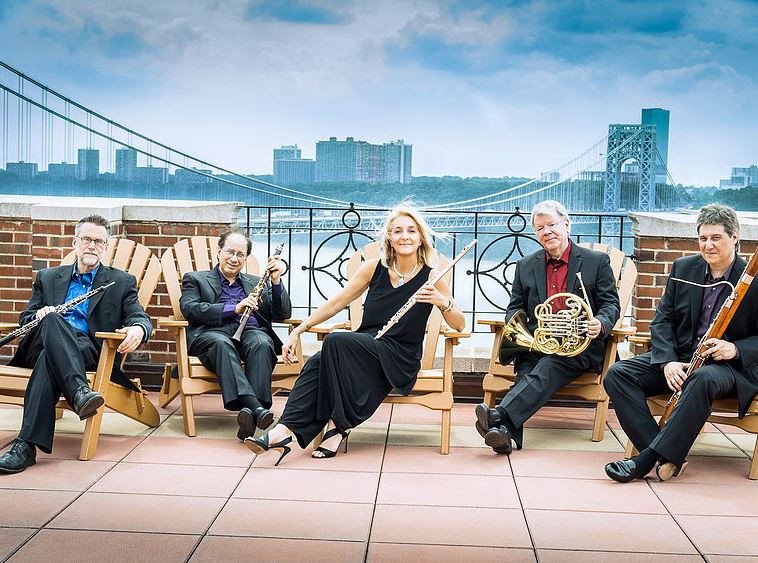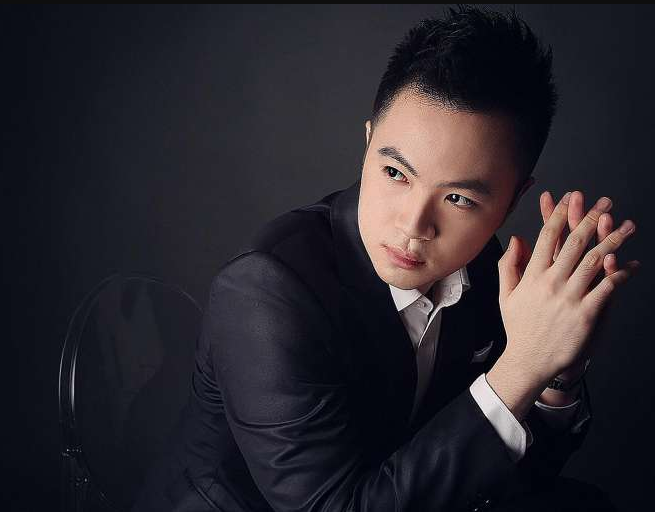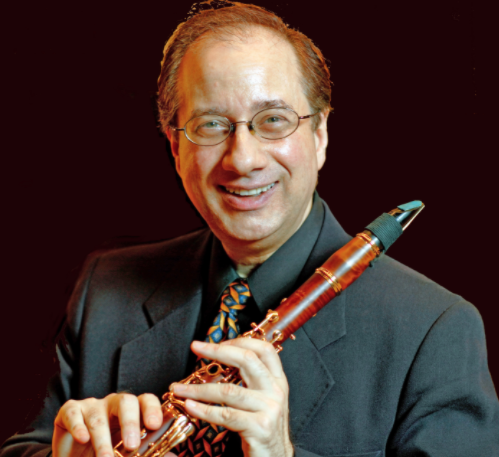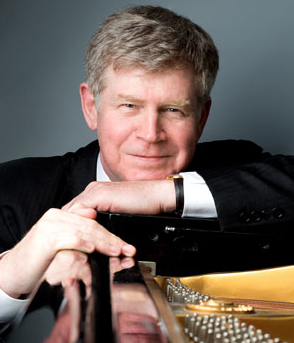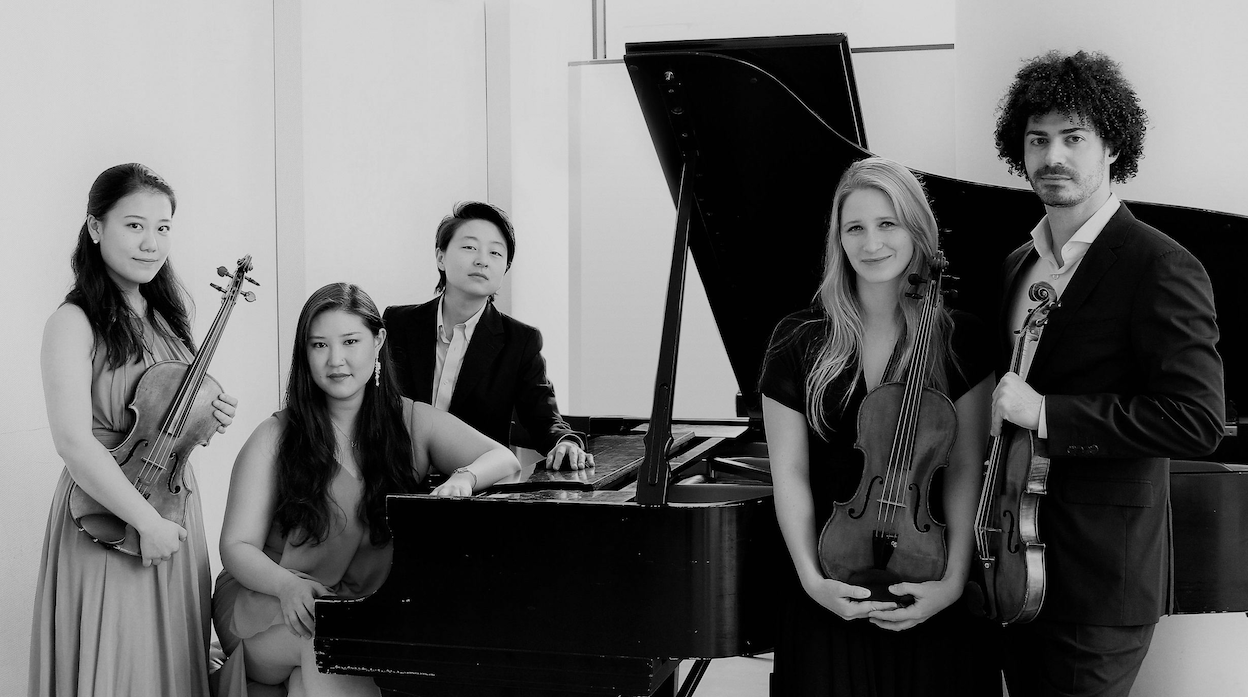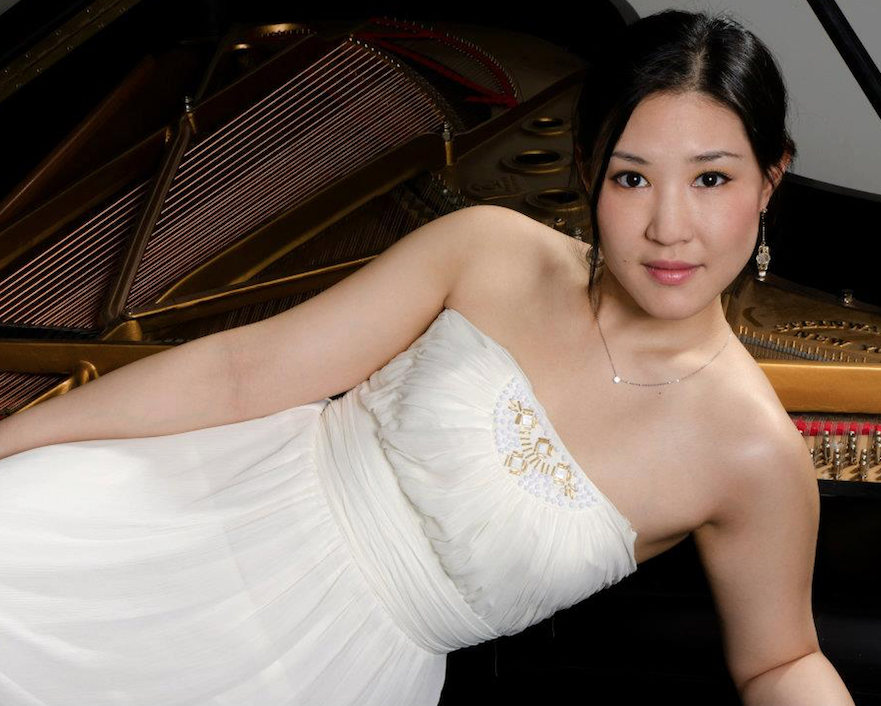Florida Symphony Youth Orchestras; Hanrich Claassen, Symphonic Conductor and Florida Symphony Youth Orchestras Music Director
Distinguished Concerts Orchestra and Distinguished Concerts Singers International
Cristian Grases and Francisco J. Núñez, Composers/Conductors
Stern Auditorium at Carnegie Hall, New York, NY
June 24, 2018
Distinguished Concerts International New York (DCINY) continued to celebrate its tenth anniversary with the final concert before autumn: “Song/Play,” a treasure trove of music made by youths of all ages and stages of musical development and education. Their Premiere Project also produced notable two world premieres on this occasion. The presence of over 350 singers in the massed choirs, mostly domestic, but some from as far away as China, Finland, and Ireland, and their families in the audience guaranteed an exciting, supportive atmosphere.
The afternoon began with a ravishing display by the Florida Symphony Youth Orchestras and their uncommonly musical, lyrically sensitive conductor, Hanrich Claassen. All the principal players (in fact, all the players) were first-rate, with burnished, plush strings and confidently played winds. The first work was Reflections on the Hudson by a San Francisco-based composer, Nancy Bloomer Deussen, whose work was previously unknown to me. As with most good program music, it portrays the composer’s inner feelings while contemplating the great river, without slavishly illustrating it in music. Its gauzy meditative quality was beautifully rendered by the group, and the middle “busy” section had some nice imitative counterpoint.
The Symphonic Dances, Op. 64, by Edvard Grieg, based on Norwegian folk melodies, followed. These well-known works had dozens of mature details all fantastically worked out by Mr. Claassen and his team. They gave a truly “hot” reading of music from a “cold” climate. No. 2, Allegretto grazioso was my personal favorite, but all four were excellent. These students are so lucky to have such guidance at this stage in their lives. The look of ecstatic listening and participation on the face of the first cellist, Maxwell Remmer, was priceless. The rapture that younger players have immediate access to has not been bred out of them by routine. May it never be!
After intermission, two composer/conductors, both of whom I have reviewed previously in these pages: Cristian Grases and Francisco Núñez, each with a world premiere. Mr. Grases was given a really young choir to work with. His work, La Cigarra y La Hormiga, set a fable about a carefree partying cicada and an industrious ant (like Aesop’s ant and grasshopper) in a sort of cantata form, with all movements flowing right into each other. Mr. Grases wisely mixed rhythmic speech with well-crafted homophonic vocals to get the large amount of text covered expeditiously. The work, based on pan-Latin dance influences, could have used more variety at times, and it seemed too long. The clever instrumentation was a little too heavy, sometimes covering the large children’s choir. The message is a good one: the ant is generous with her food when the cicada comes over in the cold of winter. Each learns something from the other: that a satisfying life is neither “all work” nor “all play.” Then it was Mr. Núñez’s turn with a mostly older (high school age) group: a selection of his choral music, also including his premiere: Liminality, a complex four-movement work about an abstract idea, standing on the “threshold” of a new state of being but not quite “in” it yet. The third section, My Shadow, My Soul was gorgeous, with a wonderful soprano soloist from inside the choir. Naturaleza was a hymn to the beauty of the earth. Forever Is My Song imitated an indigenous Philippine musical gong, the kulintang. The day closed with the rousing Es Tu Tiempo, an exhortation to remember to dream and dare, sung by slightly “older” young people to those coming after them. Mr. Núñez’s use of percussion and the orchestra is inventive and satisfying, though he also over-orchestrated just a bit, leading to some balance and understandability issues. The DCINY orchestra was its usual fine self.
“Take a chance to dream.” Good advice indeed.


